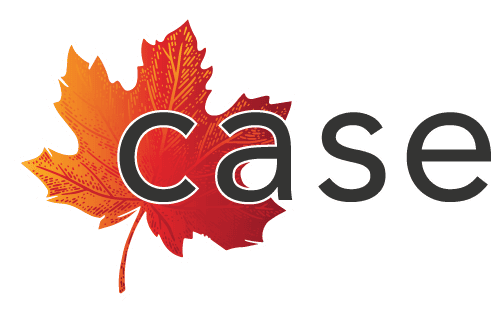Accessible Communication
Communication is essential to the human experience. The ways in which we communicate have developed over time and will continue to evolve and improve, particularly with accessible communication.
Here are some ways to make your communication more accessible to more people.
Offer a Variety of Formats
One way to increase accessibility is to deliver content in more than one format. For example, organizational training can be offered through multiple delivery systems. A combination of audio/video, written and hands-on training not only increases the number of people who will be able to consume it but also ensures a variety of learning methods.
Simplify Written Communications
The written word can be expressed on many platforms: print, websites, emails, handwritten materials and more. Accessibility can be improved in written communication through fundamental yet simple considerations.

Increase accessibility by offering content in more than one format.
Whether a person or a technological device is interpreting a visual or written message, clarity can go a long way to ensuring the message you want to deliver is being properly received.
- From the fonts used to the words chosen, the more straightforward, the better. Plain text and standardized fonts have better success rates for both humans and their technological sidekicks.
- For public communications, consider visual clarity and perceptibility. Words hidden in graphics may not convey your message as effectively as graphics alongside text or as graphics with inclusive descriptions (alt text).
- Written words added to video communications can also be helpful. Subtitles can assist in communicating the video’s message by adding clarity or providing additional support to the audio.
- The style of writing should focus on the consumer of the information. We naturally write differently in a text to friends than we do in an educational or work setting. Decide what tone works best for your organization. While the tone can vary, clarity should be a constant.
- The language you use is also important. Be specific. Avoid using acronyms unless they are being used as teaching aids. Providing definitions up front for terms that may be new or will be used repeatedly is extremely helpful. Understanding the foundational message or concept is essential for good communication.
Consider Your Space
The environment in which you are communicating can be enhanced for accessibility. Background noise and music can have a negative effect on communication. Not only can background noise be a distraction, it can also interrupt the effectiveness of hearing aids or provide neuro competition for attention.
Think about volume and how sound travels in a physical space when communicating in large groups or venues.
Add Accessible Options
Whether it’s English, ASL (American Sign Language) or another language, ensure that all participants can understand what is being communicated. Translators, mentors, subtitles, transcriptions and handouts can all add value and clarity to the message you are conveying.
The efforts you make to clarify your communication and make it more user-friendly will increase your rates of consumption and understanding.
Remember that, when you are conveying a message, the purpose is to make sure the message is properly received.
Accessible communications ensure a smoother, more complete and more accurate reception.

Mentors can help convey the message in a way that works.
Written by Chantelle Painter, a consultant and business and relationship development professional with over 20 years’ experience in corporate retail and non-profit collaboration. Chantelle is skilled in Relationship Building, Coaching, Retail, Customer Satisfaction, Driving and Measuring Engagement, and Policy Development.

